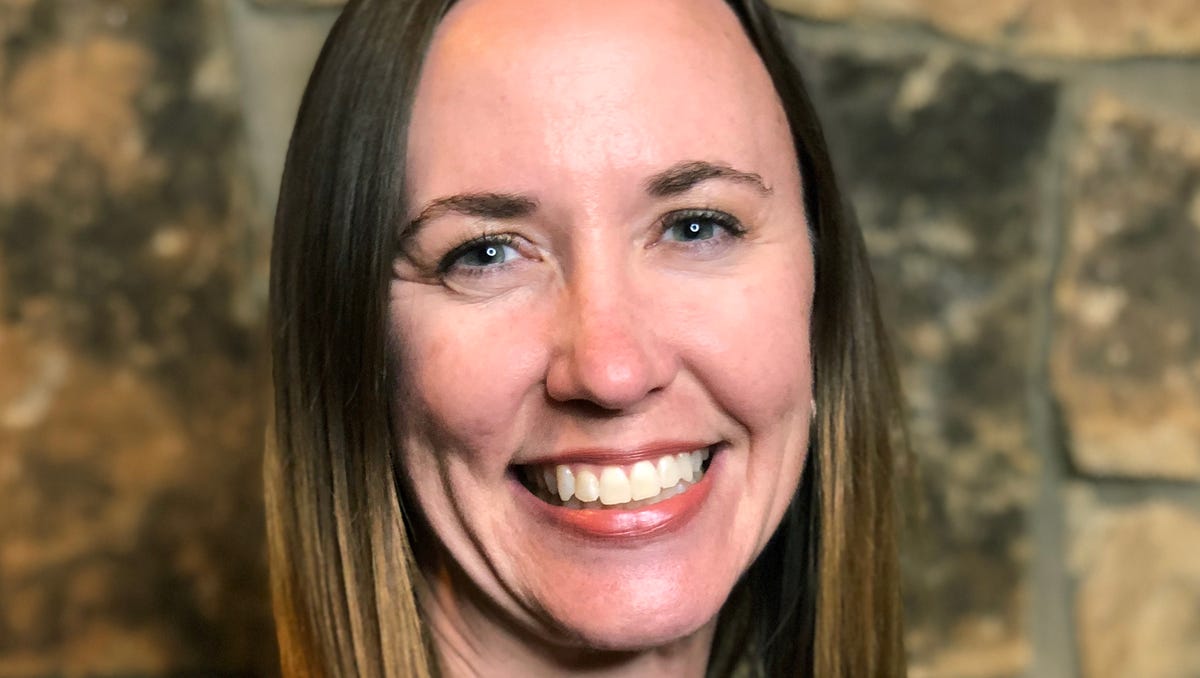Nutritional information not always easily available when grocery shopping online

Grocery shopping. Some people love it. Some people hate it. I am squarely in the former camp. Being in the grocery store brings me much joy and satisfaction, at least most of the time. But according to a report from the USDA Economic Research Service (ERS), I am somewhat unusual.
The ERS collects data about all kinds of behaviors related to eating patterns and physical activity. And as times change, new habits are tracked. One of the latest trends is online grocery shopping. According to the Food and Drug Administration, online grocery sales in the United States grew 55% between 2019 and 2020, increasing from $62 billion to $96 billion.
In 2022 and 2023, nearly 20% of U.S. residents aged 15 and older reported purchasing groceries online at least once in the previous month. Of those, nearly half made online purchases three or more times in that month.
It is probably not surprising that younger age groups were more likely to engage in online grocery shopping. A quarter of individuals aged 15 to 54 engaged in this behavior. But the likelihood of individuals aged 55 and older shopping for groceries online was half of younger people. Besides age, there are few other demographics that predict whether people are more likely to buy groceries online. There is no real difference between the likelihood of buying groceries online if you live in a metropolitan area versus a rural area.
Not too long ago, a study was published analyzing the availability of nutrition information for food products on online shopping platforms. Some were very good at providing this information, but some provided little to no access. On average, the analysis of 10 grocery websites found retailers provided the nutrition facts only 35% of the time. There are very specific label requirements for food products sold in the U.S. However, though this information is required to be on the package, retailers do not have to share this information with online buyers.
One of the main concerns with this practice is marketing claims plastering food packages are often more about appealing to emotions than sharing nutritional information. As grocery shopping shifts from in-person to online, will fewer labels be read and will that affect our nutrition and health?
I think there is a lot more to this than simply reading labels on the foods we purchase. There is not always a direct causation between nutrition/physical activity and a person’s weight, but there typically is a connection. Current statistics show 73.6% of U.S. adults are overweight, including obesity.
I have long been perplexed by obesity data. Why is there such a correlation between adults with obesity and living in a rural area? Data shows regardless of race and ethnicity, where we live has an impact on the likelihood of being overweight or obese. In every area of the country – Northeast, Midwest, South, West – there is higher obesity prevalence in rural areas compared to metropolitan areas.
Why worry about extra weight? Ultimately, it increases the risk of other health problems. High blood pressure, type 2 diabetes, heart disease and stroke top the list. There is a higher rate of chronic diseases in rural communities. For me this is very personal as my mom was obese for many years of her life. Choosing a healthy lifestyle involves many factors − avoiding excess calories, being physically active, reducing stress and cultivating meaningful relationships. Though these things are not easy, they are worth it for our well-being and longevity.
Today, I’ll leave you with this quote from H. Jackson Brown, Jr.: “The best preparation for tomorrow is doing your best today.”
Emily Marrison is an OSU Extension Family & Consumer Sciences Educator and may be reached at 740-622-2265.
Related
Exclusive | Dave Portnoy is quietly shopping a book
Barstool Sports founder Dave Portnoy is shopping a book, Page Six has exclusively learned. Portnoy’s agency UTA is repping the tome, sources te
We Track Sales For A Living. Here Are The 30…
As shopping experts, we shop slowly and carefully to discern if a sale offers the most bang for our buck. From everyday essentials to larger splurges, knowing w
Can you afford to be patriotic when grocery shopping?
CBCPenguins bask on the shore of King George Island near Brazil's Comandante Ferraz research station in Antarctica.Antarctica is like no place on Earth. The "W
Our Readers Top Loved Products Last Month Were All Sleep…
1TOP-TESTED COTTON SHEETSCalifornia Design Den Cotton SheetsNow 23% OffCredit: California Design DenWhy we love it: If you have been reading our What's In My Ca











